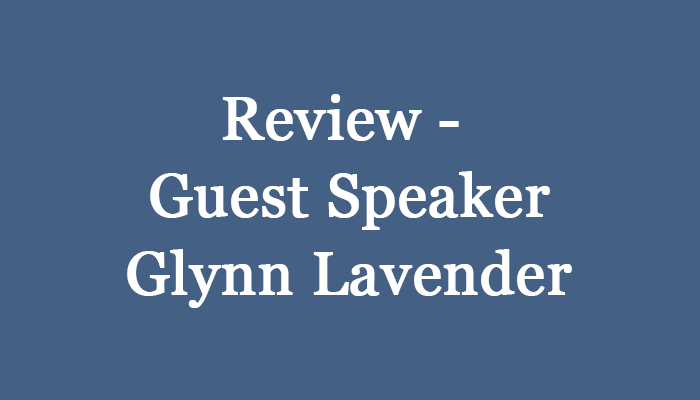Glynn Lavender is an award-winning photographer of people and a master of using light to achieve captivating portraits. He presented his recent travel portraits from India on Thursday 17 June 2021 to members of the Melbourne Camera Club. You can find his inspiring images on https://www.instagram.com/glynnlavender/ (in addition to his Facebook and Twitter accounts).
Everyone needs someone in their lives capable of recognising their raw talents, especially when you don’t have a clue yourself. In Glynn’s case it was his mother. When he was: “Thrown out of school at the age of 15 with no skills” his mother recognised that his “big mouth” could be seen as an asset rather than a liability. She encouraged him to take a job in a camera store and he did. This seemingly inconsequential moment altered the trajectory of the rest of his life. He became a photographer of people and a master of using light to achieve captivating portraits.
Often a big mouth comes with a big heart and the enjoyment of being with people. In his presentation to MCC Glynn said: “I love travelling to chaotic places where there are lots of people”. He’s in his happy place talking with people, sharing experiences, and photographing the connection they share together. His photographs are sometimes environmental portraits. For example, in a gesture of trust a woman opens the head scarf of her red sari to create a perfect composition as she stands against the merest suggestion of a silhouetted cityscape with the sun setting in a pastel mauve and orange sky behind her. Others are more like studio portraits. For example, a turbaned man looks up toward a light that dramatically sculptures his features and the hair of his ample beard and moustache. In this black and white image Glynn captured the strong dignity in the intensity of the man’s gaze. Each image tells a story. They are strong not only because of his use of light but also considered composition, and the removal of any ‘noise’ that might distract from the narrative he wants to depict. His intimate connection with each subject means that when he looks at images later they transport him back – they “evoke the smells, the sounds” and what was most memorable about the person and place at the time.
Creating good images takes considerable know how. He alerted us to the common mistakes people tend to make.
We’ve probably all been susceptible to Natgoeism. This is where the heavy weight of perfectionism deprives us of enjoying the moment in our search for the epic image that we hope will be featured in prestigious publications like National Geographic. Equally, we’ve probably been caught by the fear of missing out when there is an abundance of photographic opportunities and we find ourselves snapping at anything to get it down. What he didn’t say in so many words is how the stressors we impose on ourselves can contribute to exploitative behaviours. We loose the sensitivity we need to work respectfully and creatively. He advises that we “take a breath,” slow down, attune ourselves to what really interests us and savour what is before us. When we can do this we are ready to take the shot.
He also advises that we skill up before we go on a shoot. “When your out there it is not the time to learn about your camera,” Glynn said. In the moment you have to be versatile – you need to bring your equipment into play without interrupting the flow of engagement with your subject.
Glynn is described by Venture Photography as “One of Australia’s most energetic, engaging and beloved photography instructors” . As I said we all need to have someone who can recognise our raw talent. I reckon in terms of lighting and portraiture Glynn just might be your man.
Technicalities
Although Glynn uses good natural light to his advantage he mostly uses LED panels to add some fill light or off-camera flash when something more dramatic is required.
He travels with a minimal kit comprising two bodies, two lenses (15-30mm and 70-200mm), a flash and flash triggers. He said: “The vast majority of my images are probably captured at the wider settings around 15 to 20 mm and at the 200 mm range of those lenses. I usually get wide and get close or zoom in and isolate.”
By Helen Lang
The video will available on the Members Video Library page

